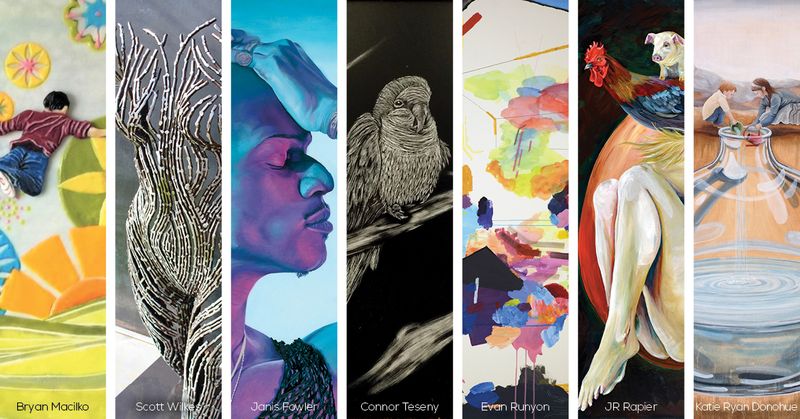Published
5 years agoon
By
Frimpong
Art is as old as time and in its setting is a varied range of anthropological activities used in creating visual, hearing or performing artefacts (artworks), which expresses the authors imaginative or technical skill, intended to be appreciated for their beauty or emotional power.
African art defines the contemporary and historical images, sculptures, installations, and other pictorial culture from native or indigenous Africans and the African continent. Traditionally many African societies depended on visual and pictorial forms as means to document event and to communicate. These became important icons, embodiment of aesthetic expression, representations of cultural values and records of history.
Based on the original form of African art Available to us we are able to decipher the environment, cultural practices, beliefs, historic events and the general conditions existing during the period of the creation of the art work, and also establish social, political and other relations among those who created and used them.
The African art explored in those days included a wide range of two and three-dimensional works maiden materials such as wood, metal, clay, ivory, skin, leather, plants, fibre, stone and composite materials. These art works were predominantly being produced by men but the Luba, Asante and Yoruba women also produce arts. Training was by apprenticeship and practice was often on part-time bases
As African arts began to go beyond its borders, it served several functions across the globe, they came in different material and forms and meant different things to different people. Example:
• Much of the world’s art was made for religious reasons. African art is no exception. Ancestor worship, spirits, magic, and other aspects of the religion of African peoples b are reflected in their art. Art was also created for marriage ceremonies, for funerals, for honoring leaders, and for celebrations.
• Nearly all African art has a function. Statues are carved to honor ancestors, kings, and gods. Masks are used in rituals surrounding boys’ and girls’ coming-of-age ceremonies, at funerals, and for entertainment. Jewelry, clothing, hairstyles, and body painting are sometimes used to signify wealth, power, and social status.
• Carved figures are used to guard containers filled with sacred relics of ancestors. Combs, spoons, bowls, stools, and other useful items are elaborately carved and decorated. Whatever the objects are to be used for, they are made with taste and skill.
• African art is not anonymous. But very few African artists are known by name. Most worked alone or in a workshop composed of a master and one or more apprentices. Their work often consisted of replacing existing objects that had deteriorated.
So, artists were obliged to conform to the ancient artistic laws. Yet despite these restrictions, African artists managed to express individual imagination and to employ new materials and techniques. If these innovations proved to make the art more effective, they became part of an ever-growing tradition.
African arts took different forms such as:

The Magnificence of African Art; a Fine Area to Advance.
Sculpture is Africa’s greatest art. Wood is used far more than any other material. This means that much African art did not last, because wood is more easily destroyed than stone or metal. Because of this, there are some gaps in our knowledge of African art history. A typical example of an African sculptural work is the spirit of the Rhino.
“This is the Spirit of the Rhino, it is protecting the girl because it is grateful that she loves it and has taken care of him,”

The Magnificence of African Art; a Fine Area to Advance.
Masks are supports for spirits. According to traditional beliefs, spirits are found in nature and in humans and animals. Some spirits are gods. Masks perform a variety of functions. They may be used in rites marking the transition from childhood to adulthood or to enforce the laws of society. Or they may be used to cause rain to fall during periods of drought or to celebrate gods and ancestors.
Masks are usually worn as disguises, along with a full costume of leaves or cloth. But they are sometimes used for display. They are used in masquerades. These may be performed publicly or secretly
By Sirr Reuben

























